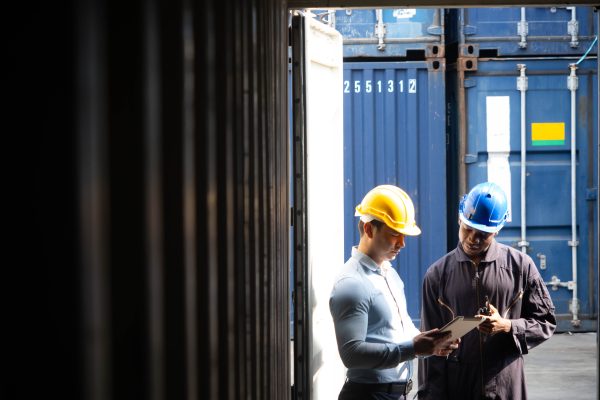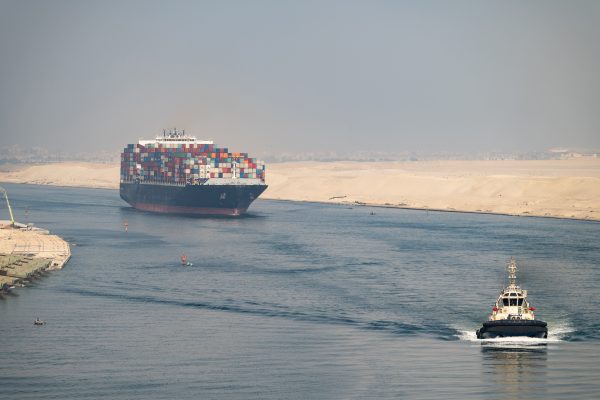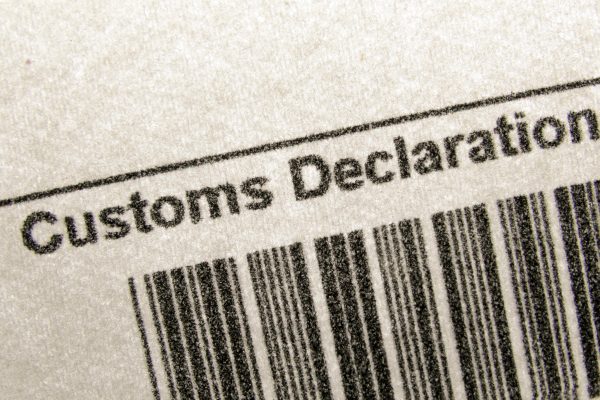A Snapshot Of Freight In Australia
Australia, one of the largest countries on earth, is gifted with a dynamic landscape, attracting tourism, investment and international trade.
The country has established a reputation of being wealthy, underpopulated and susceptible to natural disasters, with an agriculture-dependent economy.
Their supply chain is subsequently a complex web impacted by a variety of different factors, from politics to weather conditions. The ins and outs of their logistics is what is going to be outlined here…
Political climate
Australia places significant value on political stability and a strong legal system, attracting a variety of investments and international alliances.
With 15 Free Trade Agreements across 26 countries, multiple high-value export markets are readily accessible for Australian companies. This paired with their reputation for welcoming foreign investment largely explains Australia’s flourishing economy.
Specifically, the nation has significant inter-personal links, growing trade and investment interests in the Middle East, in Africa, Latin America and the Caribbean.
They have a market-based economy that has a comparatively high gross domestic product and per capita income. Their economy is driven by the service sector and a wide-export of commodities.
When Covid-19 hit, despite having a significant impact on the economy, the country remained resilient and were supported by a robust government with ongoing demand for mining exports.
Yet, even with their democratic strength, no landscape is perfect. With high corporate tax and strict compliance requirements, the scope for international investors to expand business to Australia has it its limitations.
A shift from road to rail
Australian rail freight has been steadily increasing in popularity and now contributes to 56% of the national freight task. Soon it will meet almost three quarters of the growth in demand expected over the next decade.
Trains are a more cost effective, safe, and environmentally beneficial transport option for businesses. So, there’s been a surge of traction surrounding the use of rail freight in order to reduce emissions and speed up operations.
A new 3-year rail haulage agreement has been signed to transport shipping containers of cement, sand, fly, ash, slag, and lime. This will also include the interstate and inter-city transport of cement and supplementary materials between large cities and throughout North Queensland.
This great shift from road to rail, mainly due to road freight being responsible for the majority of Australia’s emissions, could reduce community costs by billions of dollars.
Regarding ocean freight, Australia now has very few ships serving the ports under Australian flags. Most shipping ports are foreign-owned and crewed. If they were properly supported, Australian flagged and crewed vessels could strengthen their essential supply chains in future.
Being an island nation, Australia obviously relies on ocean and air freight for international imports and exports. As they have solid relationships with other states, organisations that operate from the country have minimal difficulties in securing supply chains around the world.
Fighting floods and fires
One difficulty logistics companies in Australia are struggling with is the climate crisis. Ongoing unpredictable weather and climate conditions are threatening the efficiency of regional supply chains. The risk of interruptions to rail and road supply chains in Western Australia is growing year on year due to climate change.
Wet seasons often lead to floods which shake the agriculture infrastructure, along with other types of shipments. Roads and bridges become overwhelmed causing major shortages of essential goods for local communities.
Similarly, bushfires create food shortages and increased prices, with crops destroyed by fires and suppliers struggling to transport food across the country due to road closures. If the main routes between the different regions were to close due to fire, the supply chain would shake and create backlogs of production.
Climate change is an obstacle that the world must tackle and one way of solving environmental pollution is adapting freight modes. This is why there has been a large shift to rail freight in Australia, to reduce emissions and ensure cleaner atmospheres.
The forecast of Australia’s supply chain looks promising with the implementation of projects to maximise efficiency and minimise pollution.


